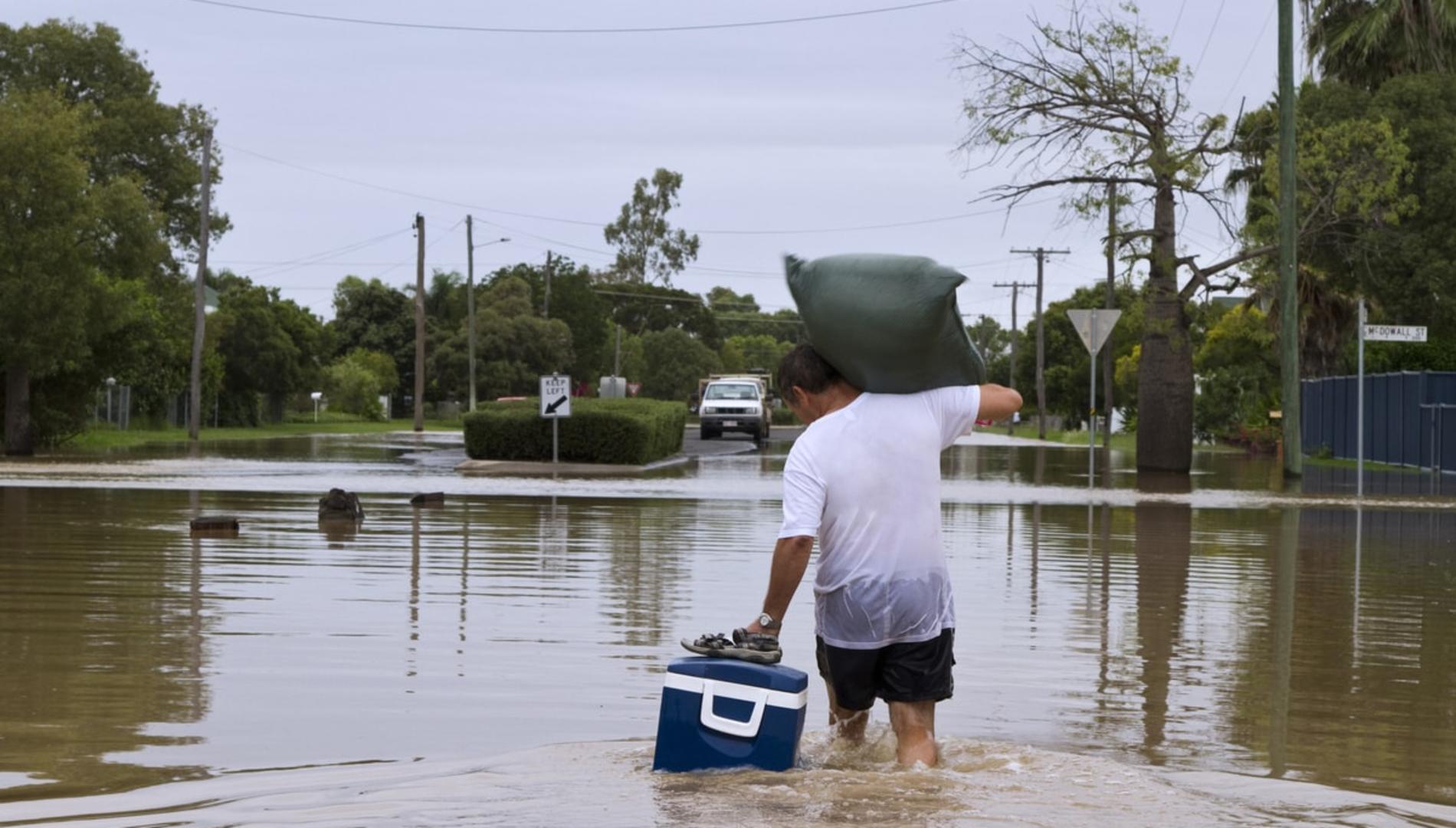A nature positive Australia: What does it mean, why does it matter, and what will it take?
It’s almost two years since the Australian government signed up to the ambitious targets of the latest international biodiversity agreement, the Kunming-Montreal Global Biodiversity Framework, and developed its Nature Positive Plan to help deliver on these.
As we write, the federal government is preparing to host the first global Nature Positive Summit in early October. This is an important time to reflect on progress in addressing alarming rates of biodiversity loss and environmental degradation in Australia, and on opportunities to move forward.
Drawing on our research across the natural, social and behavioural sciences, law and finance, we consider some important questions for Australia:
- What does the nature positive goal mean?
- Why does it matter?
- What will it take to get there?
A science-based goal for nature
We know biodiversity loss and environmental degradation threaten our society and our economy. We depend on ecosystems and natural processes for clean water, clean air, a stable climate, fertile soils, crop pollination, protection from extreme events, and much more.
Yet around the world, and in Australia, biodiversity – and the vital ecosystem services it delivers – are being dangerously undermined by pollution, deforestation, land-use change, unsustainable resource extraction, and climate change.

The global nature positive goal was developed by civil society in the lead-up to the 2022 United Nations Biodiversity Conference – a science-based goal to galvanise action on nature. Simply put, it aims for measurable improvements in the state of nature against a defined baseline, to safeguard the wide range of ecosystem services provided by nature that underpin human wellbeing.
We already have much of the understanding needed to deliver nature positive outcomes – we can measure and estimate change in the abundance, diversity, integrity and resilience of species, ecosystems and natural processes.
We understand the most significant drivers of biodiversity decline – changes in land and ocean use, natural resource exploitation, climate change, pollution and invasive species.
The next steps are to build the tools and the models that apply this scientific understanding at differing scales, to allocate real resources to ongoing monitoring, and to better-integrate science into our law, policy, and decision-making.
Shifting behaviour for nature positive
Nature positive requires numerous changes across many audiences and sectors. At the broader scale, work has been done to identify behaviours that everyday Australians can undertake.
One Victorian study suggests that reducing red meat consumption, cat containment, and choosing sustainable products are high priorities.

Another Australia-wide study, released this week, suggests that voting for strong conservation policies is most important.
Of course, there are some sectors that are particularly significant – the land and finance sectors are two examples. We know we need large-scale, comprehensive shifts in land use practices to manage land, not only for agricultural production, but also for ecosystem services. And private sector investment can help to finance this shift. But what are the best ways to drive these changes?
Looking at these issues through the lens of behavioural science helps us identify the critical barriers and the key levers for change – across the spectrum from legal and regulatory interventions, to awareness-raising.
For example, recent research in the land sector underscores numerous challenges and barriers that prevent landholders from engaging with environmental markets to provide ecosystem services – including information complexity and expert dependence, high upfront costs such as the costs of baseline survey work and ongoing monitoring, opportunity costs and concerns about future regulation and land management options.
Addressing these barriers will be critical to scaling up land sector participation in nature repair.
Through their capital allocation and corporate engagement, the finance sector (particularly large institutional investors) can help to align private capital to business activities that minimise and address biodiversity impacts.
While momentum is building, there are also significant barriers, including the challenges of quantifying and understanding biodiversity loss as a financial risk issue, and competing short-term incentives. Without addressing these issues, progress on sustainable finance will be slower than needed.
Law and policy drivers for nature positive
Australia’s Nature Positive Plan sets out ambitious reforms to legal and policy settings to support nature positive outcomes, but implementation has been slow and difficult.
While we now have the foundations for a new national nature repair market, intended to attract private investment to environmental restoration, the details are still being developed.
It’s unclear whether there’ll be sufficient market demand to drive private investment in nature repair, and indeed whether there’s sufficient capacity and interest across the land sector to supply nature repair services at scale.
Alongside new markets, reforms to our national environmental laws are critical to stem cumulative adverse impacts on ecosystems, and are long overdue.
We know current legal settings are ineffective, yet there are major political barriers to delivering the needed changes.
One area where there’s promising progress is in the recent Australian commitment to a sustainable finance strategy.
Read more: Making Australia's sustainable finance reforms count
If Australia moves swiftly to introduce mandatory corporate sustainability reporting – not just for climate change, but also for biodiversity – this can help drive companies to set and deliver on targets to address their adverse impacts on nature ,and support investors to allocate capital to these businesses.
Yet an ambitious sustainable finance agenda should do more than just increase transparency. If the objective is to align private capital with global sustainability goals such as nature positive, broader law reform is needed.
Read more: Australia’s new climate-related financial disclosure regime
Novel sustainability duties in corporate law and mandatory sustainability due diligence laws are two measures with considerable potential to increase corporate accountability for adverse biodiversity impacts ,and help shift private capital and resources to more sustainable practices.
A new nature positive research network at Monash
In October, Australia will host the Global Nature Positive Summit in Sydney. But what is nature positive, why does it matter and how do we get there? These questions will be answered through a series of webinars in the lead-up to the summit.
— BehaviourWorks Australia (@BehaviourWorksA) September 19, 2024
Experts across @MonashUni will…
This article was written by a biodiversity scientist, a behavioural scientist and an environmental lawyer. Together with colleagues from across Monash University, we’re building a new research network to help address the nature positive challenge for Australia.
Please join us for our initial three-part webinar series – further information here.
Monash is pioneering a path to a greener, smarter, more equitable and sustainable future, where emissions are lower, and the natural environment and humans thrive. We look forward to participating at COP29, where we aim to accelerate global action on sustainability, empowering diverse voices from across the Indo-Pacific and influencing superior policy outcomes across a broad range of issues. Find out more monash.edu/cop29








